types of tree nuts in nc
Very fast growing hardy tropical in appearance. The six most common species of hickory Carya trees come from three major groups.
Recommended fruit and nut tree crops for central North Carolina include apples chestnuts figs pears Asian and European pecans persimmons American and Asian and plums.
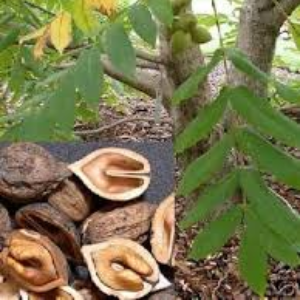
. Taste is mild somewhat like the nut pines but do not have the nutritional value the nut pines have. They are high in healthy fats very energy-dense meaning high in healthy calories and may help decrease the risk of cardiovascular disease when consumed in moderation. For more information here is a full nutritional guide to chestnuts.
Many types of nuts are rich sources of nutrients fiber protein and healthy fats. Average annual rainfall ranges from 40 to 55 inches. Two species of walnut trees among the least plentiful hardwoods found in the states commercial forest land are native to North Carolina.
The Leyland cypress is a coniferous evergreen tree. Butternut trees are short compared to most nut trees reaching an average height of 18 meters and living around 75 years. Recommended fruit and nut tree crops for.
They have thin husks and light-brown shells and produce sweet fruit that can be used as a substitute for pecans or walnuts in a variety of sweet and savory recipes. Other hickory types are pignut hickory Carya laciniosa and bitternut hickory trees Carya cordiformis. Selected from superior varieties.
These types of nuts are able to be eaten raw or roasted. Sand hickory or Carya palida grows in dry areas and produces the smallest nuts measuring between half an inch to an inch and a half. Although chestnuts are a true tree nut their nutrition profile is unlike other types of nuts.
Usually grows wider than taller but some varieties produce good timber type trees. Hickory trees have relatively small hard nuts wide or rounded leaflets and deep-vertical furrows. An ounce 2835g is approximately 3-4 chestnuts.
To distinguish between the latter find an acorn from the tree. Tree nuts have been a part of mankinds diet for thousands of years. Peach Growers Information Research-based information specific to North Carolina peach production from.
Click on identify and then select the image that looks most like the plant you are trying to identify. Stellata or overcup oak Q. Healthy nut varieties such as almonds walnuts macadamia nuts and Brazil nuts have been linked to good cardiovascular health.
Star-shaped leaves and spiky ball-shaped fruit make sweetgum trees easy to recognize. Wild butternuts are found on hillsides and along stream banks. Bradford Pear Pyrus calleryana Bradford Pear trees are considered an invasive species in North Carolina because of their ability to thrive in a multitude of soil and weather conditions.
Recommended fruit and nut tree crops for central North Carolina include apples chestnuts figs pears Asian and European pecans persimmons American and Asian and plums. Shagbark pignut and pecan. The nuts hang in clusters similar to grapes with up to 20 nuts in a cluster.
The kernels are tiny but sweet and nourishing. Mike Parkers profile and contact information Comprehensive Guide to Growing Fruit Trees in North Carolina NC Peach Portal. Holmes idea was to provide an easy-to-use reference guide to help people of all ages recognize many of our common forest trees on sight.
There are 18 species of hickory trees 12 of which are native to North America. Their serrated and oval-shaped leaves which can usually be found near the ends of branches in bunches of 5 to 17 and their signature Hickory nuts are a great way to identify them. Sixteen editions of this handy pocket guide have been printed since John Simcox Holmes North Carolinas first State Forester put together the first edition in 1922.
Beta Version getting better every day. Seven or more deep lobes indicate an eastern white oak Q. Cedar Nuts a type of pine nut Cedar nuts are the nuts of the Siberian cedar pine tree and are hence a type of pine nut.
The black walnut although most abundant in the piedmont can be found throughout the state usually in low-lying areas where the soil is. Includes images of bark twigs leaves reproductive organs as well as distribution maps. 6 rows Average annual rainfall ranges from 40 to 55 inches.
They are grown in Siberia and the Russian Far East. Heres a list of the top 10 most common edible tree nuts with nutritional data from the USDA. Hickory trees are notoriously slow-growing making them one of the hardest tree species to transplant because of their long taproot.
The trees grow 50 to 100 feet tall and wide depending on the variety. Roasted and ground beech nuts are. Tree Fruit and Nuts NC State Extension Publications tip contentcesncsuedu.
Type of tree from another. The shaggy bark is a clear identifier to separate the shagbark group from the pignut. Alba while fewer than seven indicate a post oak Q.
The tree bears small four-part bristly burrs that ripen around October and open to reveal two triangular nuts. The Butternut or Juglans cinerea Juglandaceae is native to North Carolina and especially thrives in well-drained soil. Trees of North Carolina A Free On-Line Plant Identification tool Featuring native and naturalized trees of North Carolina.
Hickory Tree Facts. Some types of trees with fall nuts include chestnut American beech butternut shagbark hickory and oak trees which produce various types of nuts to harvest. Most varieties of healthy nuts contain antioxidants such as vitamin E that help to boost your immune system.
The main difference is that they contain a high amount of carbohydrates and minimal fat content. Cedar nuts are good for the immune system and high in fats protein and other vitamins. Because walnut trees roots excrete a substance that inhibits the growth of many other plants keep them well away from vegetable and flower gardens.
Cooperative Extension Horticulture Specialist and Associate Professor Tree Fruits Pecans Image by Lucy Bradley Dr. The cap on overcup oak acorns almost completely covers the nut. The most common types of hickory trees are shagbark hickory Carya ovata and shellbark hickory also called kingnut or Carya laciniosa.
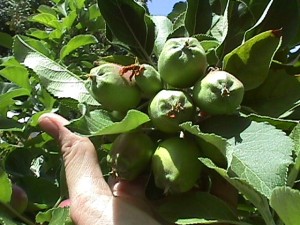
Tree Fruits And Nuts Resources Nc State Extension

Other Edible Nut Trees Rhora S Nut Farm

Juglans Nigra Black Walnut North Carolina Extension Gardener Plant Toolbox

9 Types Of Nuts To Grow On Your Farm Hobby Farms
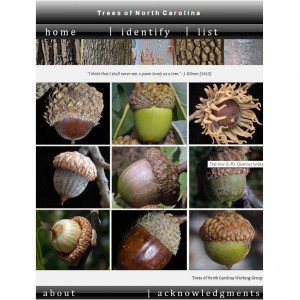
Nc Tree Identification Nc State Extension
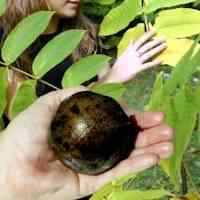
North Carolina Cannonball Walnut Trees For Sale At Ty Ty Nursery
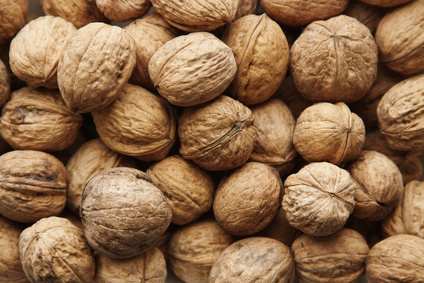
5 Most Profitable Nut Trees To Grow Profitable Plants
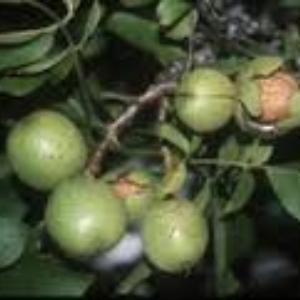
Other Edible Nut Trees Rhora S Nut Farm
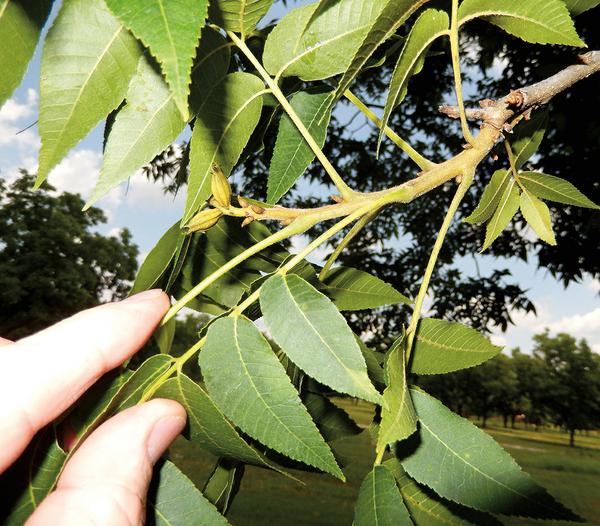
Growing Pecans In North Carolina Nc State Extension Publications

Growing Pecans In North Carolina Nc State Extension Publications
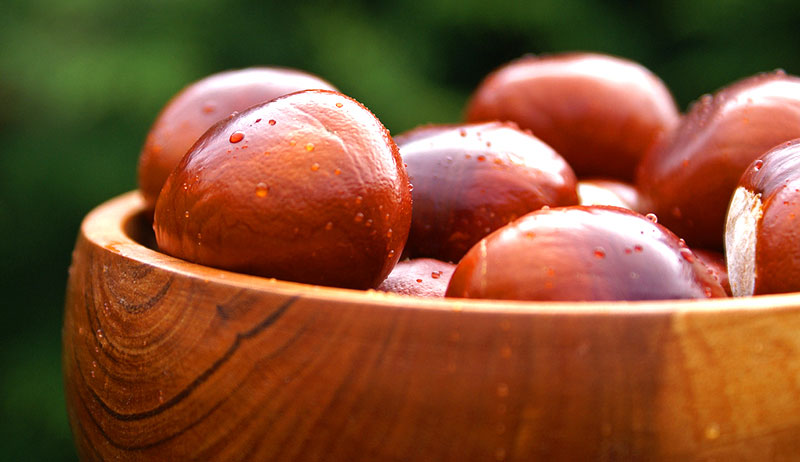
9 Types Of Nuts To Grow On Your Farm Hobby Farms
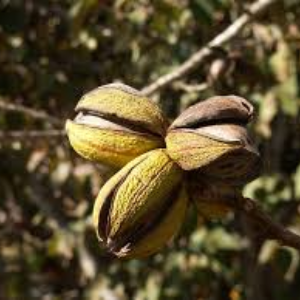
Other Edible Nut Trees Rhora S Nut Farm
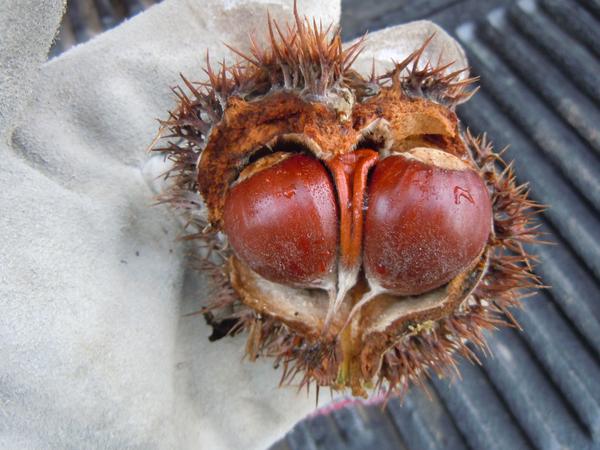
15 Tree Fruit And Nuts Nc State Extension Publications
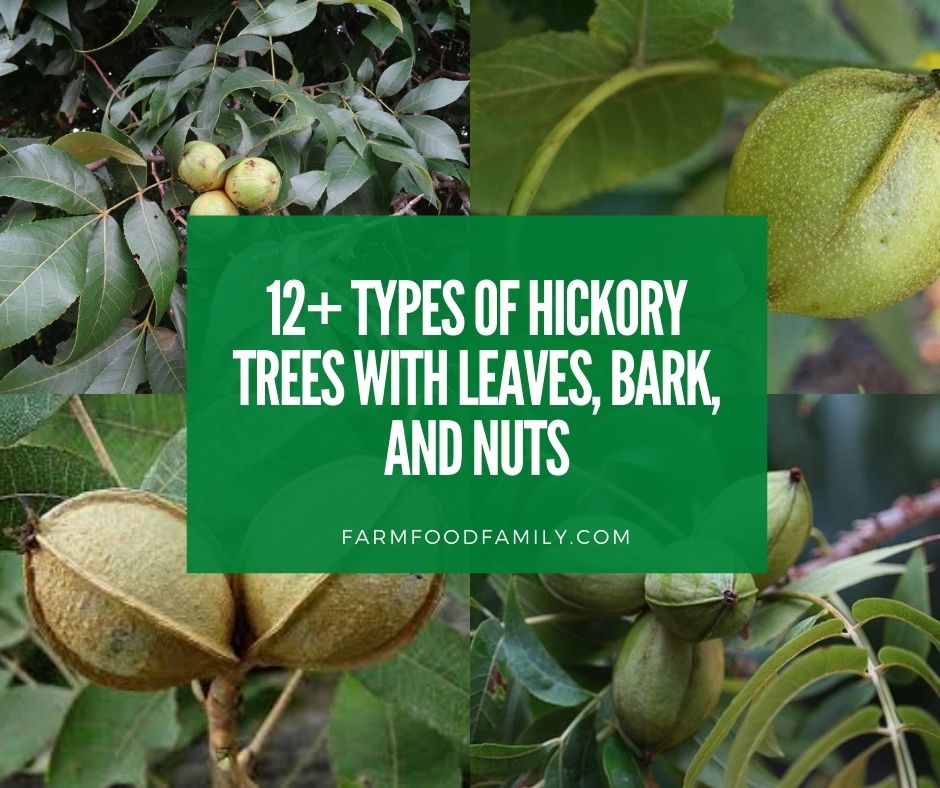
12 Types Of Hickory Trees Leaves Bark And Nuts Identification Guide
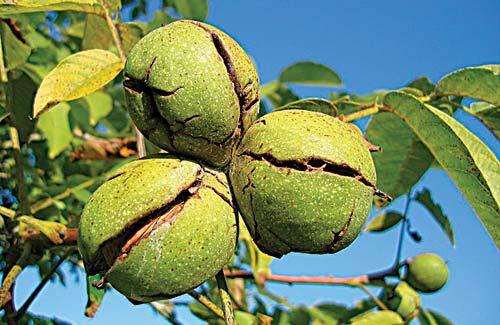
Nut Trees On Your Homestead Backwoods Home Magazine
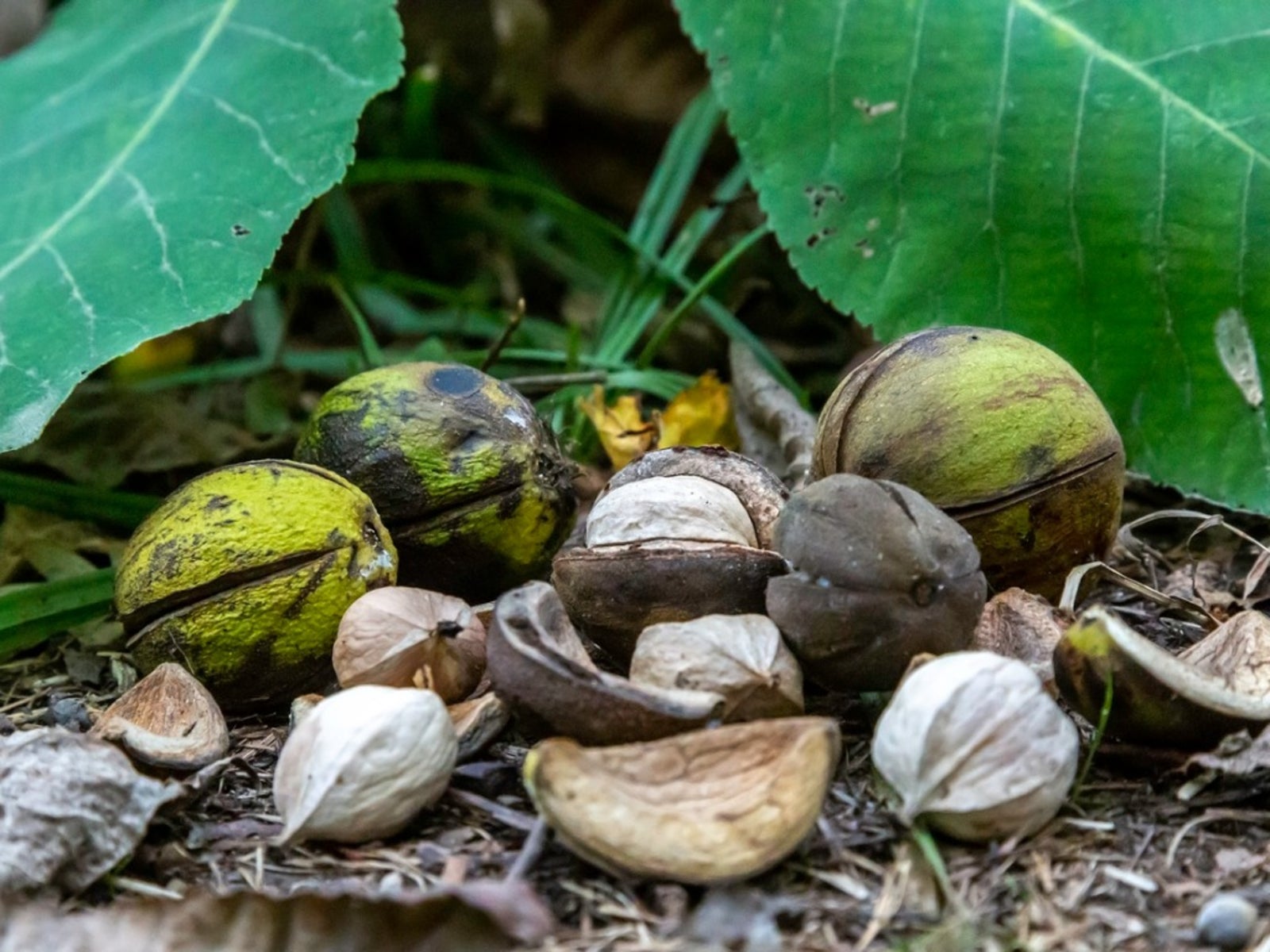
Storing Hickory Nuts When And How To Harvest Hickory Nut Trees

Growing Pecans In North Carolina Nc State Extension Publications
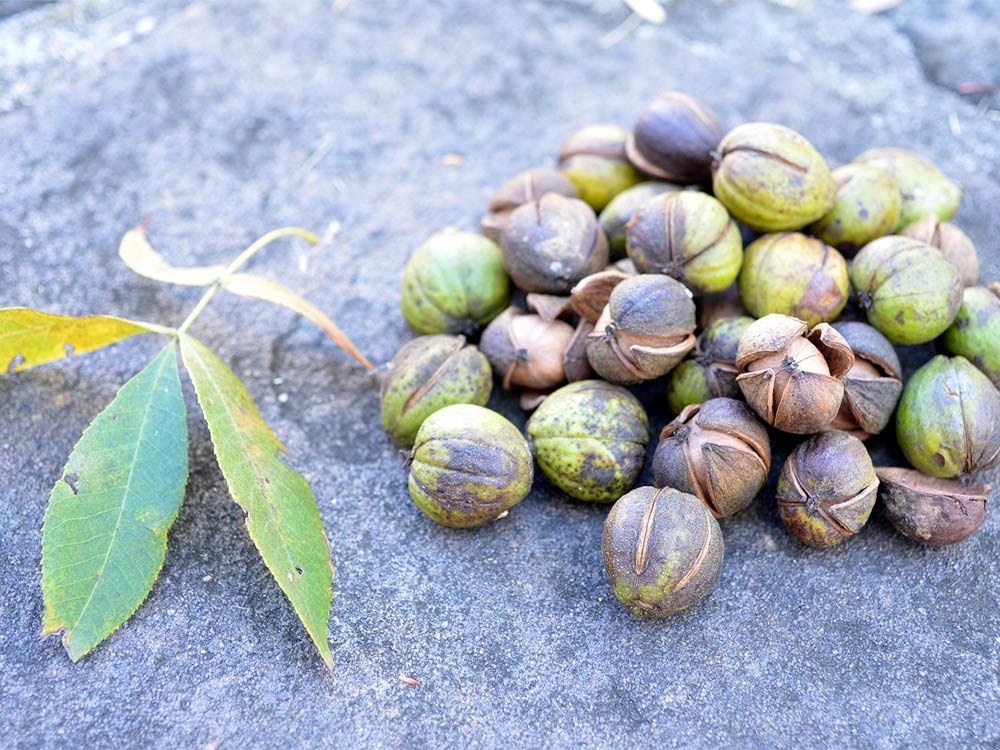
15 Trees Every Outdoor Lover Should Learn To Identify Outdoor Life

